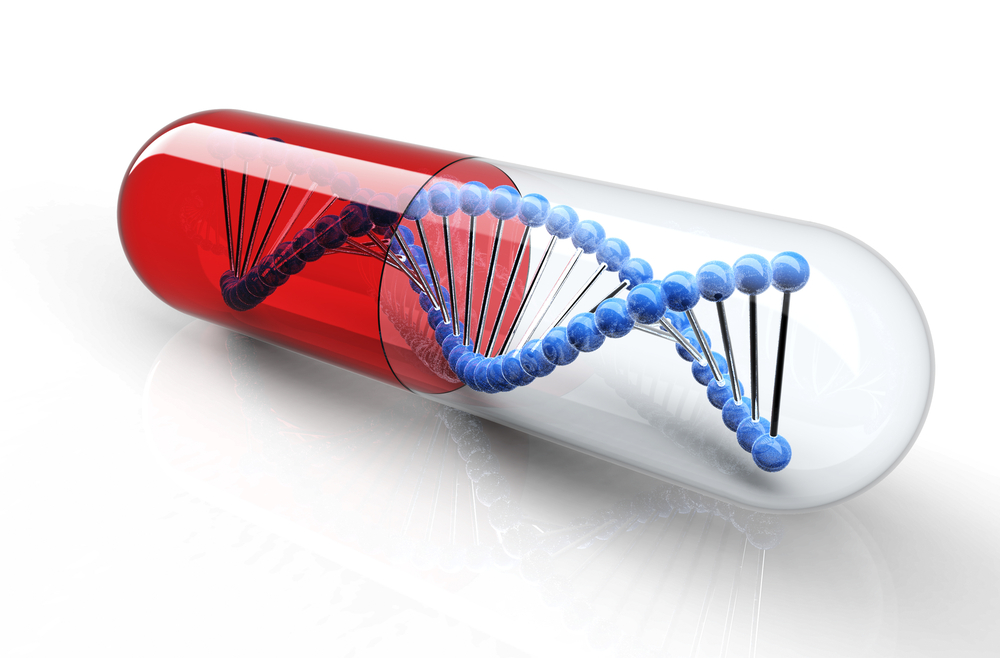Gene Therapy Approach Using HAC Vector May Work with Dystrophin Gene, Study Suggests

A new way of transferring the dystrophin gene — the largest known human gene — into muscle stem cells may be possible using the human artificial chromosome (HAC) vector, a study reports, suggesting it as a potential approach for gene therapy in Duchenne muscular dystrophy (DMD).
The study, “Reversible immortalisation enables genetic correction of human muscle progenitors and engineering of next‐generation human artificial chromosomes for Duchenne muscular dystrophy,” was published in the journal EMBO Molecule Medicine.
Gene therapy aims to treat DMD, caused by mutations in the dystrophin gene, by delivering the correct version of the gene to patients’ cells to replace the faulty version. But the considerable size of the dystrophin gene makes it difficult for scientists to place it in a vector that can effectively carry it into human cells. A vector is a DNA molecule used as a vehicle to deliver a gene into cells.
HAC is a large-capacity vector able to hold the entire dystrophin gene, and has been tested in animal models as a Duchenne vector, called DYS-HAC.
In recent decades, researchers have identified and isolated many populations of stem cells with the ability to become muscle cells. However, human stem or progenitor cells have a limited life span, and require a way of extending their ability to keep dividing so that enough cells exist to be used with DYS-HAC.
The researchers set out to expand the life cycle of human muscle progenitor cells by treating them with hTERT and Bmi1 genes. These genes extend the cell proliferation capabilities to allow to them continue to divide, a process called “immortalizing” the cells. An example of “immortalized” cells is cancer cells that, because of a mutation, keep undergoing cell division.
Immortalization of the muscle progenitor cells allowed the research team to create a sufficient mass of cells and to transfer the DYS-HAC vector into them. These genetically corrected cells were seen to maintain DNA stability, be able to migrate, but not to exhibit the capacity to transform themselves into cancer cells.
Importantly, the progenitor cells also retained their myogenic ability (ability to become muscle cells) and were able to integrate into skeletal muscle when transplanted into mouse models of DMD.
Next, the scientists created a single next-generation HAC vector that carries the genes for immortalization, the correct dystrophin gene, and genes that allow the cells to differentiate into muscle cells and to control cell death — so these cells, while maintaining dystrophin expression, do not remain in an “immortal” state.
The combination of these methods is expected to help bring DYS-HAC closer to clinical use, though its safety and efficacy still must be tested in animal disease models.
“This work establishes a novel platform for complex gene transfer into clinically relevant human muscle progenitors for DMD gene therapy,” the researchers concluded, adding that HAC-mediated gene therapy may able to correct the genetic defects in Duchenne patients regardless of their specific mutation.






